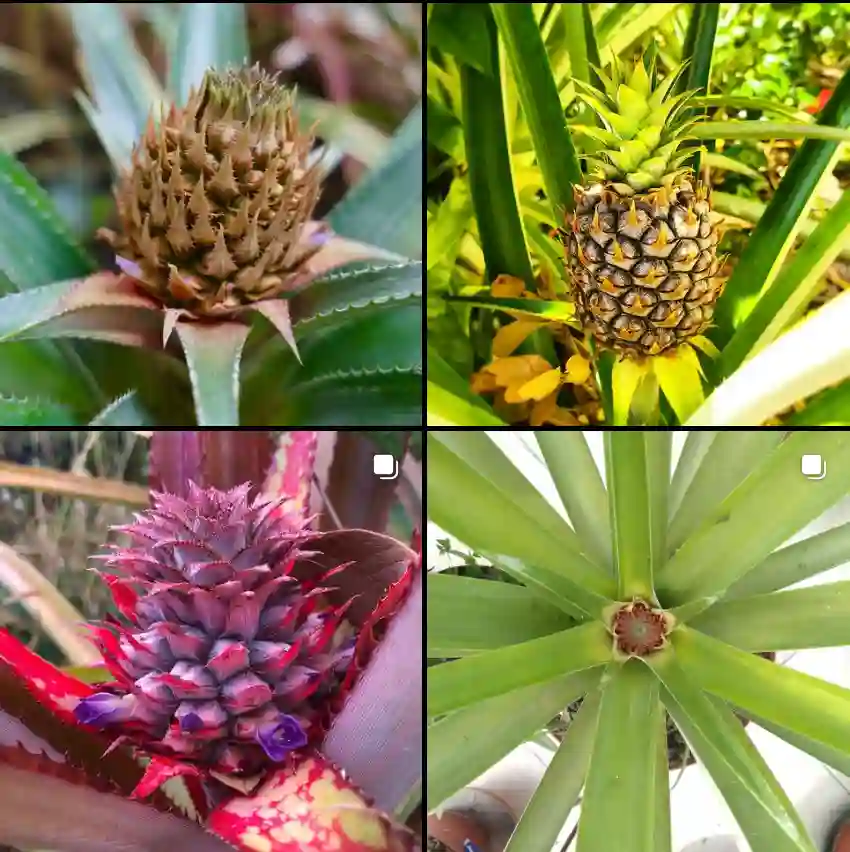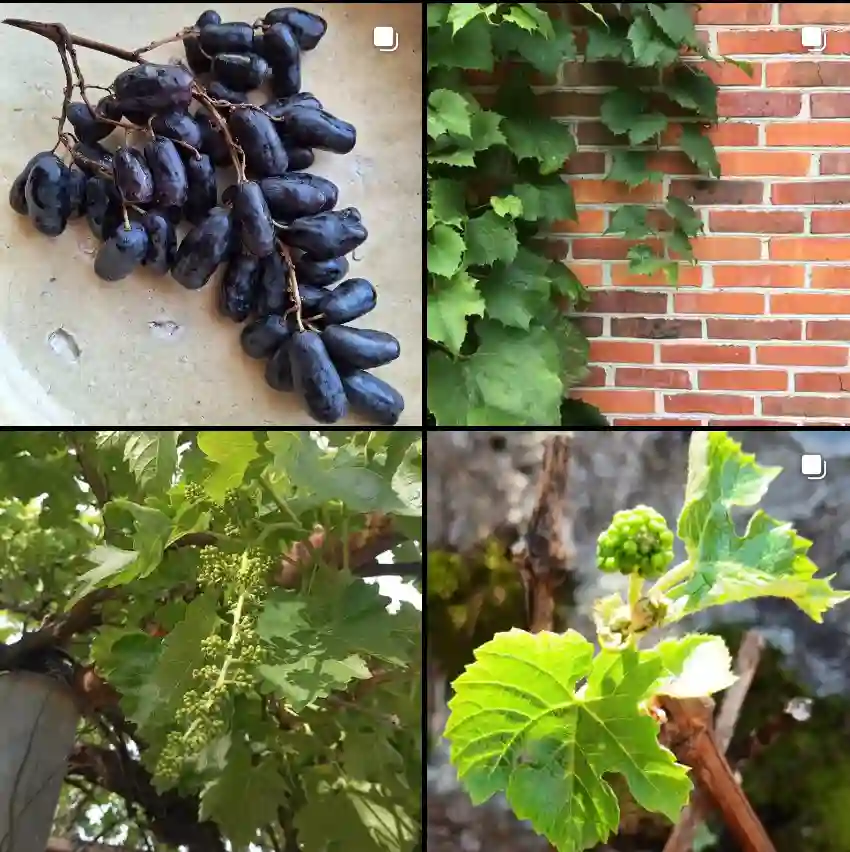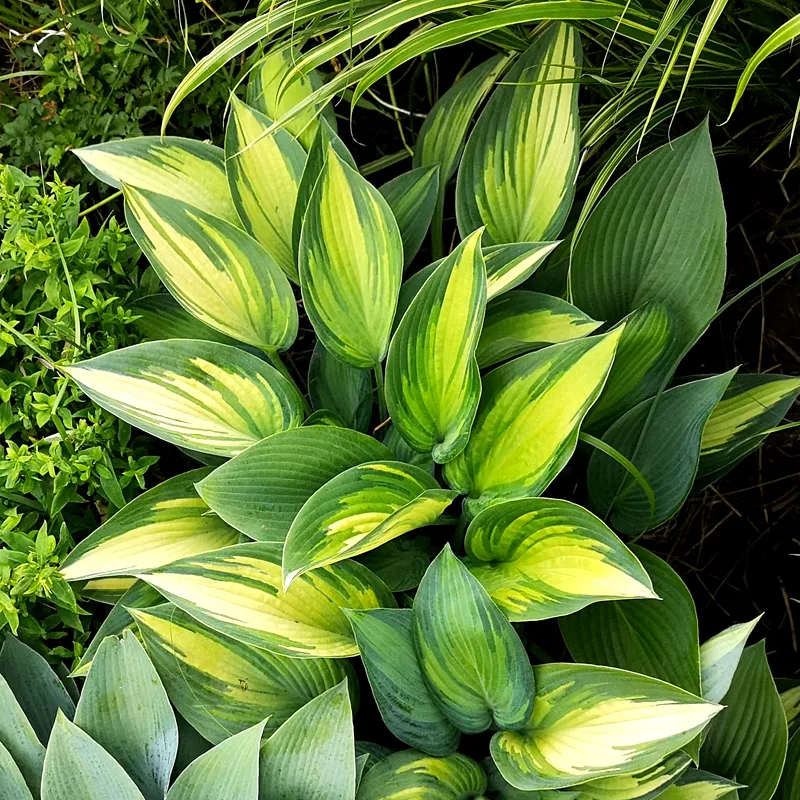The Tiny Charmer: My Experience with Marsilea Crenata
For any aquascapist, the hunt for the perfect foreground plant is a constant pursuit. It needs to be low-growing, carpeting the substrate with lush greenery, yet resilient enough to handle varying tank conditions. Enter Marsilea crenata, a little aquatic fern that has stolen a place in my heart (and my aquarium).
Marsilea crenata, also known as Clover Fern or Water Shamrock, is a Southeast Asian native that thrives in shallow waters and muddy environments. Its claim to fame lies in its delicate, four-lobed leaves that resemble miniature four-leaf clovers. These tiny charmers form a dense, low-lying carpet, adding a touch of whimsical charm to any aquascape.
Intrigued by its unique appearance and adaptability, I decided to give Marsilea crenata a try in my own tank. Here’s what I’ve learned about this delightful little fern.
What Makes Marsilea Crenata Special?
Marsilea crenata might be small, but it packs a punch in the aesthetics department. Its clover-shaped leaves, with a vibrant green hue, create a captivating textural contrast against other aquarium plants. But its appeal goes beyond looks.
This fern is incredibly hardy. It tolerates a wide range of water parameters, making it suitable for both beginner and seasoned aquascapers. It thrives in low to moderate light conditions and isn’t a heavy feeder. Plus, it helps control algae growth by competing for nutrients.
Marsilea Crenata vs Hirsuta
Marsilea Crenata spreads more quickly in my tank than Marsilea Hirsuta, giving it a fuller carpet look in less time.
Marsilea Crenata vs Minuta
When I tried Marsilea Crenata alongside Marsilea Minuta, I found Crenata to be easier to maintain and less prone to algae.
Marsilea Crenata vs Monte Carlo
Comparing Marsilea Crenata to Monte Carlo, Crenata was much hardier and didn’t require as much trimming to stay neat.
How to Plant Marsilea Crenata?
Planting Marsilea crenata is a breeze. You can purchase it as individual rhizomes or pre-formed mats. Here’s how to get started:
- Prepare the substrate: Ensure your substrate is at least 2-3 inches deep for optimal root growth. Marsilea crenata prefers a nutrient-rich substrate, so consider adding root tabs before planting.
- Separate the rhizomes (if needed): If you have individual rhizomes, gently separate them into smaller portions.
- Planting: Carefully push the rhizomes or mats horizontally into the substrate, ensuring good contact. Space them out slightly to allow for growth.
- Weighting down (optional): Since Marsilea crenata is lightweight, you can use small pebbles to weigh down the plantings and prevent them from floating.
How to Care for Marsilea Crenata?
Marsilea crenata thrives with minimal intervention. Here are some basic care tips:
- Lighting: Low to moderate lighting is ideal. Avoid intense lighting, which can encourage algae growth.
- CO2: While not essential, CO2 injection can promote faster growth and denser carpeting.
- Fertilization: Light fertilization is sufficient. Root tabs can provide essential nutrients for healthy growth.
- Trimming: Marsilea crenata grows horizontally and can be trimmed regularly to maintain a desired shape and encourage denser growth.
- Water parameters: It adapts well to a wide range of water parameters (pH 6.0-8.0, temperature 68-82°F). However, stable water conditions are key for optimal health.
What to Plant with Marsilea Crenata?
Marsilea crenata’s low-growing nature makes it a perfect companion for various aquarium plants. Here are some ideas:
- Background plants: Taller plants like stem plants (Ludwigia spp., Hygrophila spp.) or sword plants (Echinodorus spp.) create a stunning backdrop against the Marsilea carpet.
- Midground plants: Bushier plants like crypts (Cryptocoryne spp.) or Anubias spp. add visual interest to the midground.
- Mosses: Mosses like Christmas Moss or Peacock Moss can be tied to hardscape elements, adding another layer of texture and visual appeal.
How to Propagate Marsilea Crenata?
Marsilea crenata is incredibly easy to propagate. Here are two methods:
- Rhizome division: As the plant matures, the rhizomes will naturally spread and form new growth points. You can carefully separate these new growths and replant them in different areas of your tank.
- Spores: Marsilea crenata reproduces through spores housed in small structures called sporocarps. While propagating through spores is a more complex method, it’s an option for experienced aquascapers.
Conclusion: A Tiny Treasure for Your Aquascape
Marsilea crenata’s delicate charm, ease of care, and adaptability make it a fantastic choice for any aquascape. Its low-growing nature and vibrant green hue create a captivating foreground, adding a touch of whimsy to any underwater world.
If i die, water my plants!



